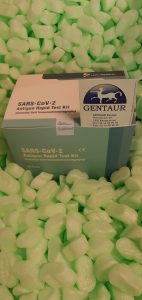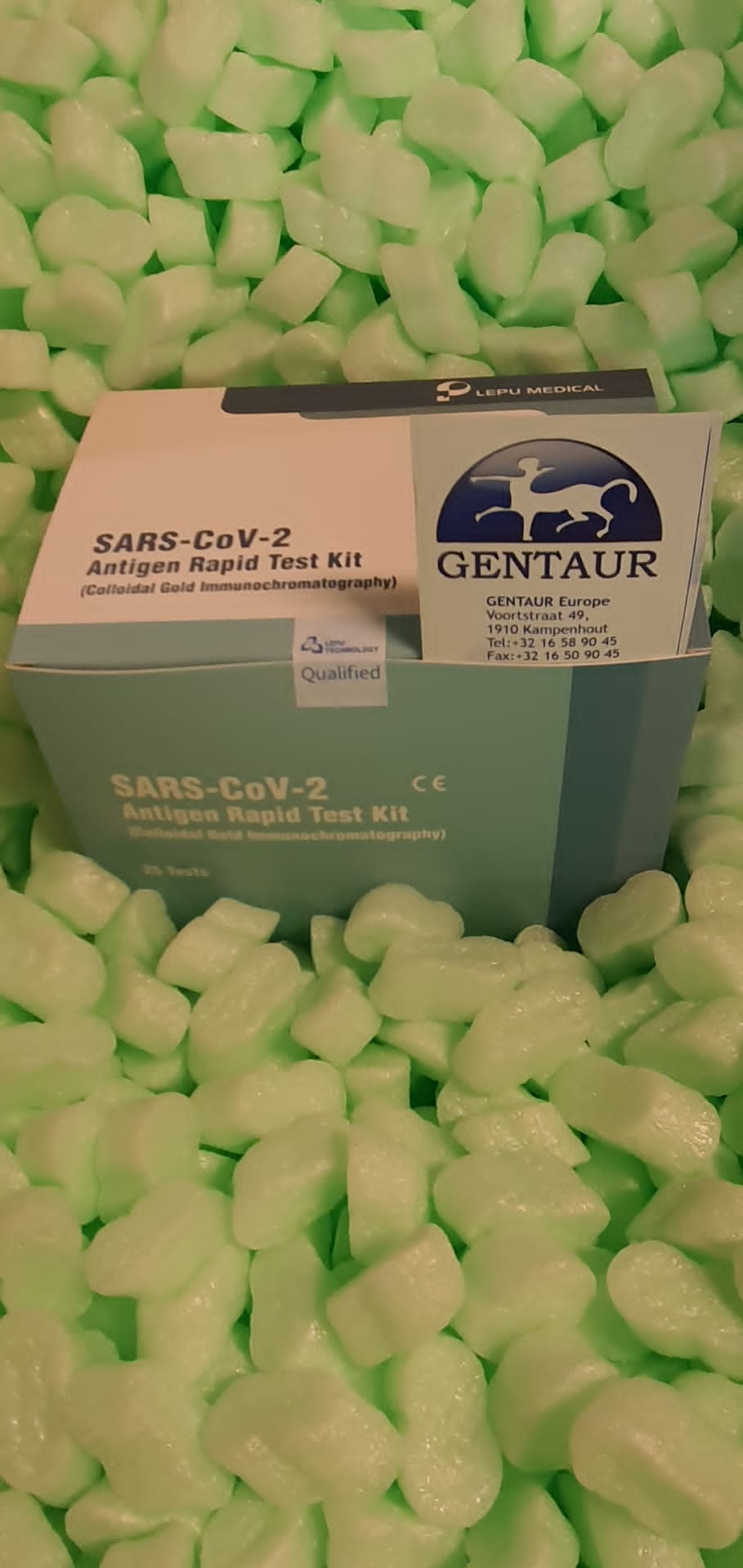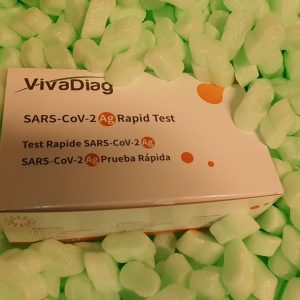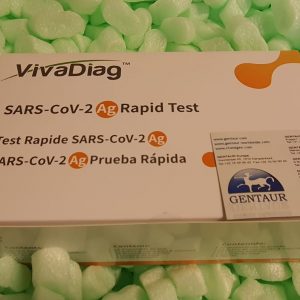Since excessive environmental occasions are anticipated to enhance with local weather change, figuring out candidate genes for stabilizing the protein composition of legume seeds or optimizing it in a given environment is more and more vital. To elucidate the genetic determinants of seed protein plasticity, main seed proteins from 200 ecotypes of M. truncatula grown in 4 contrasting environments have been quantified after one-dimensional electrophoresis. The plasticity index of these proteins was recorded for every genotype as the slope of Finlay and Wilkinson’s regression and used for Genome Wide Association Studies (GWAS), enabling the identification of candidate genes figuring out this plasticity.
This checklist was enriched in genes associated to transcription, DNA restore, and sign transduction, many of them being stress-responsive. Other over-represented genes have been associated to sulfur and aspartate household pathways main to the synthesis of the nutritionally important amino acids methionine and lysine. By inserting these genes in metabolic pathways, and utilizing a M. truncatula mutant impaired in regenerating methionine from S-methylmethionine, we found that methionine recycling pathways are main contributors to globulin composition institution and plasticity. These information present a novel useful resource of genes that may be focused to mitigate unfavorable impacts of environmental stresses on seed protein composition.
A brand new net server referred to as PhotoModPlus is offered as a platform for predicting photosynthetic proteins by way of genome neighborhood networks (GNN) and genome neighborhood-based machine studying. GNN allows customers to visualize the overview of the conserved neighboring genes from a number of photosynthetic prokaryotic genomes and offers practical steering on the question enter. In the platform, we additionally current a brand new machine studying mannequin using genome neighborhood options for predicting photosynthesis-specific features based mostly on 24 prokaryotic photosynthesis-related GO phrases, particularly PhotoModGO.
The new mannequin carried out higher than the sequence-based approaches with an F1 measure of 0.872, based mostly on nested five-fold cross-validation. Finally, we demonstrated the functions of the webserver and the new mannequin in the identification of novel photosynthetic proteins.
Aberrant proteins expressed in pores and skin fibroblasts of Parkinson’s illness sufferers carrying heterozygous variants of glucocerebrosidase and parkin genes
Parkinson’s illness (PD) is a neurodegenerative dysfunction that impacts motion, and its growth is related to environmental and genetic elements. Genetic variants in GBA and PARK2 are vital threat elements implicated in the growth of PD; nonetheless, their exact roles have but to be elucidated. The current research aimed to establish and analyse proteins from the pores and skin fibroblasts of sufferers with PD carrying heterozygous GBA and PARK2 variants, and from wholesome controls. Liquid chromatography coupled with tandem mass spectrometry and label-free quantitative proteomics have been carried out to establish and evaluate differential protein expression ranges.
Moreover, protein-protein interplay networks have been assessed utilizing Search Tool for Retrieval of Interacting Genes evaluation. Using these proteomic approaches, 122 and 119 differentially expressed proteins from pores and skin fibroblasts of sufferers with PD carrying heterozygous GBA and PARK2 variants, respectively, have been recognized and in contrast. Despite the latest experiments specializing in dengue an infection to perceive its performance in the human physique, a number of functionally vital DENV-human protein-protein interactions (PPIs) have remained unrecognized.
According to the outcomes of protein-protein interplay and Gene Ontology analyses, 14 proteins concerned in the unfavorable regulation of macromolecules and mRNA metabolic processes, and protein concentrating on to the membrane exhibited the largest diploma of differential expression in the fibroblasts of sufferers with PD with a GBA variant, whereas 20 proteins concerned in the regulation of organic high quality, NAD metabolic course of and cytoskeletal group exhibited the largest diploma of differential expression in the fibroblasts of sufferers with PD with a PARK2 variant. Among these, the expression ranges of annexin A2 and tubulin β chain, have been most strongly upregulated in the fibroblasts of sufferers with GBA-PD and PARK2-PD, respectively.
Other predominantly expressed proteins have been confirmed by western blotting, and the outcomes have been in keeping with these of the quantitative proteomic evaluation. Collectively, the outcomes of the current research demonstrated that the proteomic patterns of fibroblasts of sufferers with PD carrying heterozygous GBA and PARK2 variants are totally different and distinctive. Aberrant expression of the proteins affected by these variants could replicate physiological adjustments that additionally happen in neurons, ensuing in PD growth and development.

Compact Genetic Algorithm-based Feature Selection for Sequence-based Prediction of Dengue-Human Protein Interactions
Dengue Virus (DENV) an infection is one of the quickly spreading mosquito-borne viral infections in people. Every 12 months, round 50 million individuals get affected by DENV an infection, ensuing in 20,000 deaths. This article presents a mannequin for predicting new DENV-human PPIs by combining totally different sequence-based options of human and dengue proteins like the amino acid composition, dipeptide composition, conjoint triad, pseudo amino acid composition, and pairwise sequence similarity between dengue and human proteins.
[Linking template=”default” type=”products” search=”Cdk-associated cullin1 Antibody” header=”2″ limit=”153″ start=”3″ showCatalogNumber=”true” showSize=”true” showSupplier=”true” showPrice=”true” showDescription=”true” showAdditionalInformation=”true” showImage=”true” showSchemaMarkup=”true” imageWidth=”” imageHeight=””]
A Learning vector quantization (LVQ)-based Compact Genetic Algorithm (CGA) mannequin is proposed for function subset choice. CGA is a probabilistic approach that simulates the habits of a Genetic Algorithm (GA) with lesser reminiscence and time necessities. Prediction of DENV-human PPIs is carried out by the weighted Random Forest approach as it’s discovered to carry out higher than different classifiers. We have predicted 1013 PPIs between 335 human proteins and 10 dengue proteins. All predicted interactions are validated by literature filtering, GO-based evaluation, and KEGG Pathway enrichment evaluation. This research will encourage the identification of potential targets for simpler anti-dengue drug discovery.





